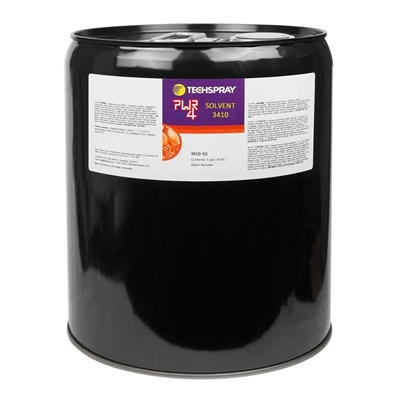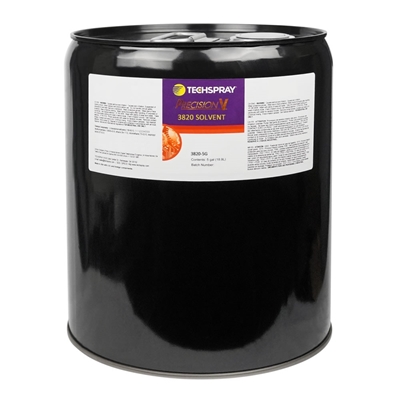If the chemistry is a good solvency match to the soil, less sonic agitation will be needed. This allows you to run your cleaning process more quickly, at lower temperature, and lower amplitude, decreasing the likelihood of damaging sensitive components. The following are characteristics to look for when reviewing options:
- Solvency – Ability of the cleaner to breakdown and dissolve the soil. For a quick evaluation of solvency, place a drop of cleaner directly on the soiled part, let it sit for a few minutes, and they blot it dry. From this simple test, you can generally tell if the chemistry is a good match to the soil. If the cleaner just sits on the surface of the soil, and doesn’t wet and start to break down the soil, move on to the next cleaner.
- Surface tension – This impacts how well a solvent can get into tight crevices, like under low stand-off components.
- Density – Density can have a minor impact on how quickly the sonic waves travel through the liquid, and the amount of cavitation. A higher density material requires more energy to move, so could deplete the energy, thus the cleaning power, by the time it reach the part.







